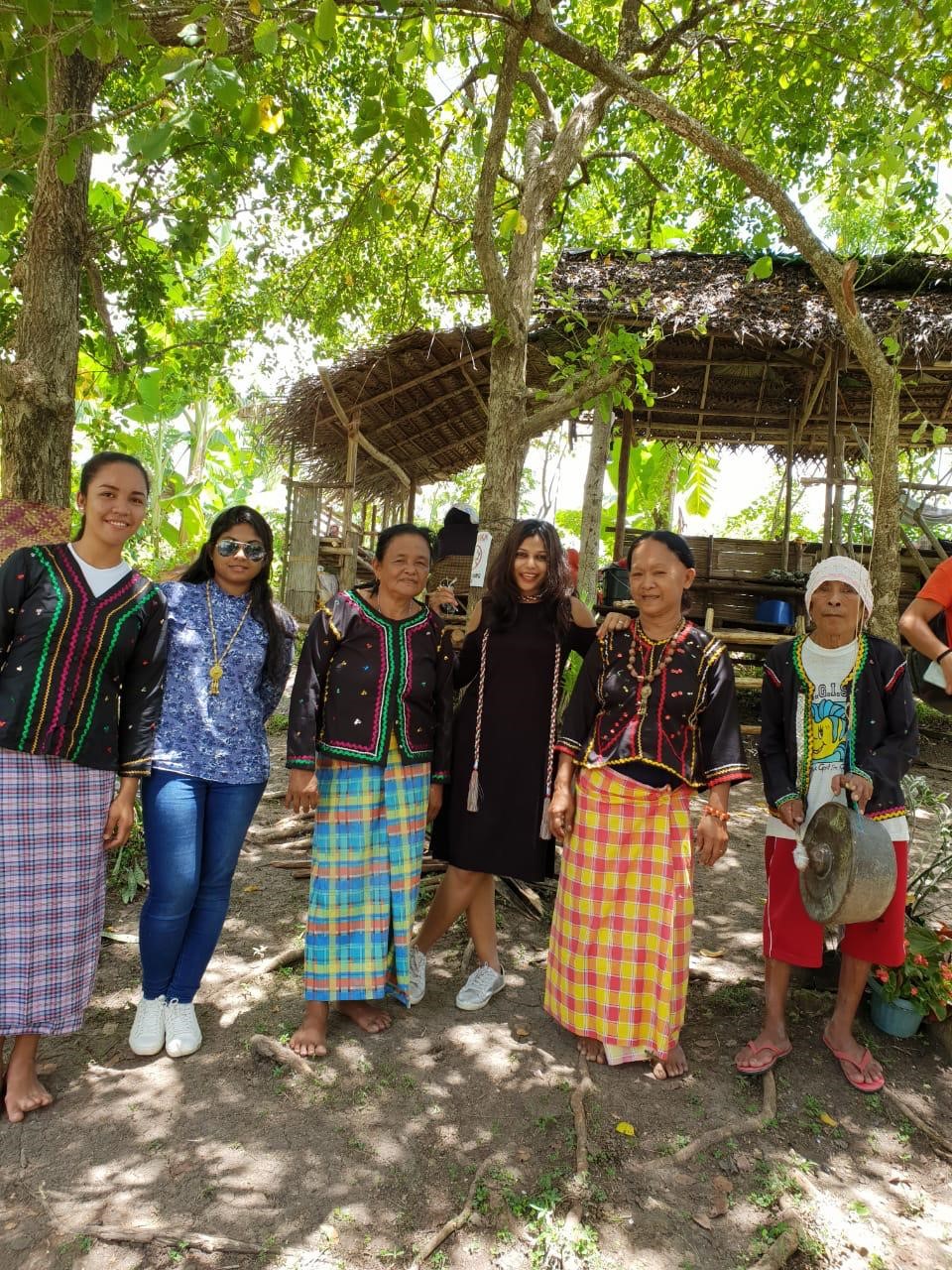DUBAI: To attract more holiday makers from the Gulf region eager to not only enjoy the natural beauty that the Philippines has to offer, but also engage with its numerous communities for authentic cultural experiences, The Philippine Department of Tourism is looking to promote its cultural heritage within the Middle East as a platform.
The initiative will see the Department of Tourism (DOT) reach out to the Middle East’s outbound travel industry to create and promote holiday packages that include numerous cultural activities such as visits to local tribal villages, so that tourists can experience first-hand the great diversity of culture that the Philippines offers through each local community’s heritage, folklore, traditions, culinary heritage and traditional crafts.

The experiences will provide visitors with not only the opportunity to visit such communities, but also allow them to immerse themselves in the local customs with a focus on authenticity and preserving the rich cultural heritage.
The Philippines is home to 7,107 islands, and more than 175 ethnolinguistic groups, spread out throughout the Philippines. As such, no matter where one chooses to visit in the Philippines, there are opportunities to experience a cultural tour to communities still practicing a traditional way of life.

Many of the tribes continue a seafaring existence and express their culture through beautifully woven cloth and elaborate traditional costumes that they continue to wear today. Once such tribe is the Badjao, which resides in the islands of Sulu, located next to Mindanao in the South. As well as thriving from a life off the sea, they are renowned for their artistically-woven cloth and colourful sails. The majority of the Badjaos practice Islam and continue to perform traditional songs and dance.
Another trip, the Igorots are comprised of many tribes that reside in the Cordillera mountain ranges. They are known to be rice-cultivators. In fact, the Ifugaos, a variety of the Igorot tribe, built the Banaue Rice Terraces, one of the most famous historical and architectural attractions in the Philippines.
The Lumad is a term used to refer to the tribes comprising the eastern parts of Mindanao. They are known for tribal music that makes use of unique instruments they have constructed from local materials.

Another popular holiday destination for international visitors is the island of Palawan, which is home to a number of tribes. Palawan is one of the regions in the Philippines that has not completely embraced urbanism, thus making it an excellent destination not only for cultural experiences, but also for visiting pristine sea and landscapes through the many eco-friendly resorts that have developed there.
Not far from the major city of Davao in Mindanao is the island of Samal which can be visited as a day excursion, where one can visit the tribal village of Tagbaobo. Here visitors are able to join the tribe and share in a local feast of locally caught seafood and traditional sweets. Local children also perform traditional dances and through a guide, can hear of local traditions and folklore that has been passed down through the generations.
Cultural activities can naturally be combined with tours and activities that highlight the Philippines natural landscape and include among others snorkelling in pristine waters, zip lining through jungle forests and the tasting of many local fruits that has made the Philippines famous worldwide.




